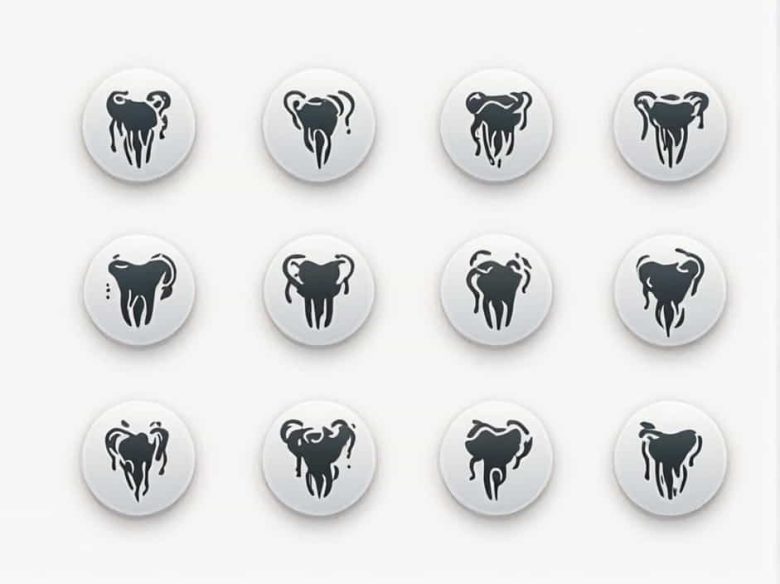Orthodontic treatments often involve the extraction of teeth to create space for proper alignment. One of the most commonly extracted teeth in orthodontics is the premolar. The decision to extract a premolar depends on several factors including crowding bite correction and overall facial aesthetics.
Why Are Premolars Extracted in Orthodontics?
Premolars are located between the canines (cuspid teeth) and molars making them a strategic choice for extraction. The main reasons for extracting premolars include:
- Severe Crowding: When there is not enough space in the dental arch removing a premolar can help align the remaining teeth properly.
- Protrusion of Teeth: Some patients have forward-protruding teeth that affect their facial profile. Extracting a premolar can allow for retraction and a more balanced appearance.
- Bite Correction: In cases of overbite underbite or crossbite removing premolars can aid in adjusting the bite for better function.
- Jaw Size Discrepancy: If the size of the jaw is too small to accommodate all the teeth extractions may be necessary to ensure a proper fit.
Which Premolars Are Usually Extracted?
First Premolars (Most Common Choice)
The first premolars (4th teeth from the center) are the most commonly extracted in orthodontic treatments. The reason for their frequent removal is:
- They provide enough space to correct crowding.
- Their removal does not significantly affect chewing function.
- They are located in a position that allows orthodontists to move teeth effectively.
- Closing the space left by first premolars results in a more natural look.
Second Premolars (Less Common Choice)
The second premolars (5th teeth from the center) are less commonly extracted but may be removed in specific cases such as:
- When the first premolars are already aligned correctly.
- When the patient has missing or underdeveloped second premolars.
- When extraction of second premolars allows for better occlusion (bite correction).
Upper vs. Lower Premolar Extraction
The decision to extract upper or lower premolars depends on the patient’s specific condition:
- Upper Premolars: Extracted when the upper jaw is overcrowded or the upper front teeth protrude.
- Lower Premolars: Removed if the lower teeth are crowded or if there is a deep overbite.
- Both Upper and Lower Premolars: In severe cases extractions are done symmetrically on both arches to maintain balance.
How Is Premolar Extraction Done?
The extraction of premolars is a relatively simple and painless procedure. The steps include:
- Local Anesthesia: The area around the tooth is numbed to prevent pain.
- Loosening the Tooth: The orthodontist gently loosens the premolar using dental instruments.
- Extraction: The premolar is carefully removed.
- Healing Process: The gum heals over a few weeks and braces help close the gap over time.
What Happens After Premolar Extraction?
- Braces or Aligners: The space created by the extraction is gradually closed using orthodontic appliances.
- Temporary Gaps: Initially there may be visible gaps but these will close as treatment progresses.
- Mild Discomfort: Some pain and swelling may occur but it usually subsides within a few days.
Alternatives to Premolar Extraction
In some cases orthodontists may try alternatives to extraction such as:
- Interproximal Reduction (IPR): Slightly shaving enamel from the sides of teeth to create space.
- Expanding the Dental Arch: Using palatal expanders to widen the upper jaw.
- Distalization: Moving molars backward to create room.
Premolar extractions are a common part of orthodontic treatments particularly for addressing crowding and bite issues. The first premolars are the most frequently extracted due to their strategic position in the mouth. With proper orthodontic care the gaps left by extractions close over time leading to a well-aligned and functional bite.
